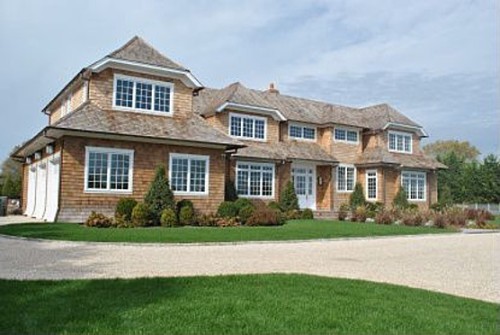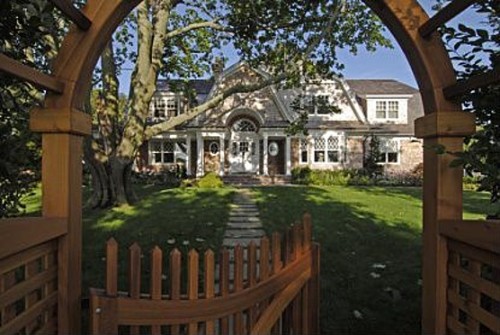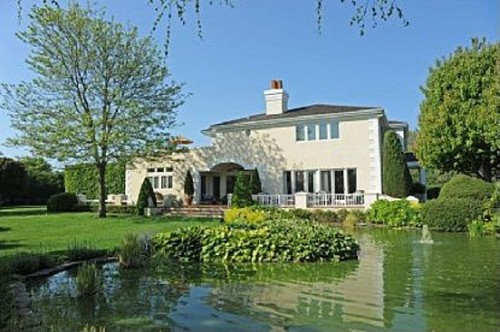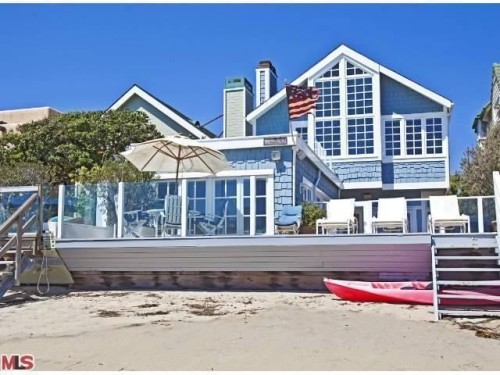The average price of a home in Canada increased between 1.2 per cent and 2.7 per cent in the second quarter of 2013, according to the Royal LePage House Price Survey and Market Survey Forecast, released today.
According to the survey, markets across the country continue to post gains. In the second quarter, standard two-storey homes and detached bungalows both showed a year-over-year average price increase of 2.7 per cent to $419,614 and $386,547, respectively. Average prices for standard condominiums showed a more modest increase during the same period, rising 1.2 per cent to $248,750. Royal LePage forecasts that house prices will see modest gains throughout the remainder of 2013, projecting a 3.0 per cent increase for the full year when compared to 2012.
Dialogue concerning the direction of Canada’s housing market has remained front and centre in recent months. Changes to Canada’s mortgage lending rules in mid-2012 coupled with concerns about consumer debt levels, housing affordability in cities like Toronto and Vancouver and continued international economic uncertainty have prompted a number of analysts to forecast large downward price adjustments.
“As we have stated consistently since the current market downturn began late in the second quarter of 2012, this is a normal cyclical correction which brings fewer home sales and softer prices. Those hoping their predictions of a bursting bubble and cataclysmic drops in home values will come true are out of luck again,” said Phil Soper, president and chief executive of Royal LePage. “Price appreciation in most markets across the country has been well below the long-term average for Canada and will remain so through to the end of the year. We expect to see the number of homes trading hands to begin to rise slightly on a year-over-year basis in the second half of 2013, with price softness continuing until mid-2014, at which point we’ll see an emergence from the current cycle.”
Recent signals from major financial institutions in the United States and Canada also point to a turn in the tide. In recent weeks, two of Canada’s largest home-loan lenders, Royal Bank of Canada and TD Bank Group, raised their mortgage rates. At the same time, the U.S. Federal Reserve recently hinted that it may start winding up monetary stimulus later this year, should economic improvements continue.
“With the economy on both sides of the border performing better in recent months, a move off the record-low interest rates that we’ve experienced over the past few years is likely on the horizon,” explained Soper. “Paradoxically, we expect the first increases in interest rates to be constructive for the housing market. Rising rates would be driven by a strengthening economy, reduced unemployment and improving consumer confidence. Much of the dampening effect that would come with a transition towards higher rates has already been ‘priced in’ to both consumer attitudes and financial institutions’ current lending policies.”
As of late, the condominium sector has moved to the forefront of discussions concerning the health of Canada’s real estate market with fears of oversupply in major centres like Toronto. Yet, condominium prices remained flat or posted year-over-year gains in nearly all Canadian cities in the second quarter, with a couple of exceptions in British Columbia. While condominium prices in Vancouver saw a 3.3 per cent decrease when compared to the same period in 2012, signs of an early recovery are evident across the Lower Mainland of British Columbia.
Read more here: http://www.heraldonline.com/2013/07/09/5006219/second-quarter-market-trends-defy.html#storylink=cpy





